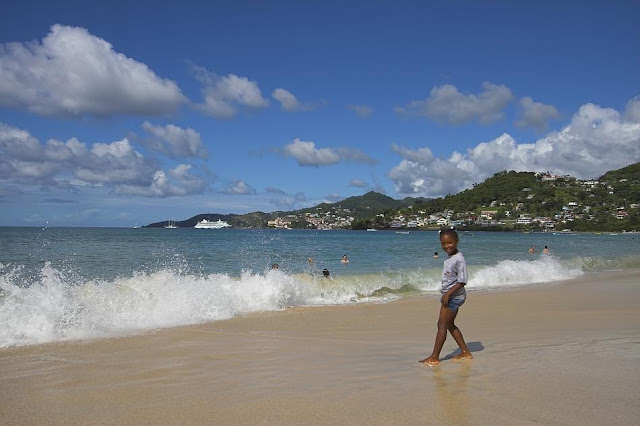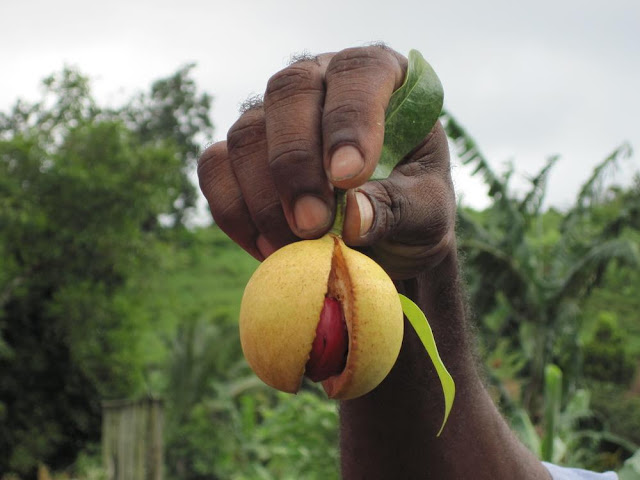Grenada, and its sister islands of Carriacou and Petit Martinique, are the most southerly islands of the Eastern Caribbean and are located approximately 90 miles north of Trinidad. Grenada is volcanic in origin with tropical rainforests and mangrove swamps contributing to its rich and diverse natural vegetation. It enjoys a tropical climate with a rainy season from June to December and a drier, less humid climate, from January to May.

Grenada was discovered by Christopher Columbus in 1498 and named Concepcion. Grenada was later colonised by the French and, in 1763, ceded to Great Britain in the Treaty of Versailles. Grenada became a self-governing Associated State in 1967 and gained independence on 7 February 1974. In 1979 the then elected government was overthrown by the New Jewel Movement led by Maurice Bishop, who formed a People's Revolutionary Government (PRG). Disagreements within the PRG resulted in the arrest and subsequent assassination of Bishop in October 1983. The PRG was replaced briefly by a Revolutionary Military Council. These events led to an intervention by US and Caribbean forces in late 1983 and a return to democracy. The current Prime Minister, the Hon Tillman Thomas, was elected in July 2008.
Grenada's population is mainly of African descent. A few East Indians and a small community of the descendants of early European settlers reside in Grenada. About 50% of Grenada's population is under the age of 30. The official language is English with a few people speaking French patois. A more significant reminder of Grenada's historical link with France is the strength of the Roman Catholic Church, to which about 50% of Grenadians belong. The Anglican Church is the largest Protestant denomination.
The main sources of employment in Grenada are agriculture, construction and tourism. Tourism is Grenada's main foreign exchange earner. The global economic crisis weakened tourism demand.. Remittances slowed down in 2009.. Inflation did rise significantly to 8.2% in 2008 however it has since dropped back to 1.4% in 2009 (EIU)The banking sector is expected to remain resilient, notwithstanding the international financial turmoil, and based on the performance to date of their primarily Canadian parent banks. Some service industries show growth potential, including offshore medical schools, which already play an important economic role in Grenada.
Hurricane Ivan - the worst for 49 years - hit Grenada in September 2004, causing massive damage and destruction. In addition to the dead and injured, 50% of the population were estimated to have lost their homes with 90% of housing stock damaged.
The main export and principal crop is nutmeg but banana, cocoa and fish exports also contribute to the economy. The importance of agriculture has been reduced over the last decade with natural disasters, declining international prices and disease affecting this sector. The Ministry of Agriculture has developed a National Strategy to address the decline in people working in the agriculture sector. Banana growers have benefited by a growing niche market for Fair Trade crops within the UK market, so the sector is expected to survive in the medium term, although this is partly dependent upon the outcome of a challenge within the WTO by Ecuador on the EU import regime. However, overall agriculture is likely to remain weak for the foreseeable future.
Area: 340 sq km; (133 sq miles)
Population: 106,500 (207 EIU est.)
Capital City: St George's (population: 33,734)
Religions: Roman Catholic 53%, Anglican 13.8%, other Protestant 33.2%
Currency: Eastern Caribbean Dollar (XCD) which is pegged at XCD 2.70 to US$1.00

























